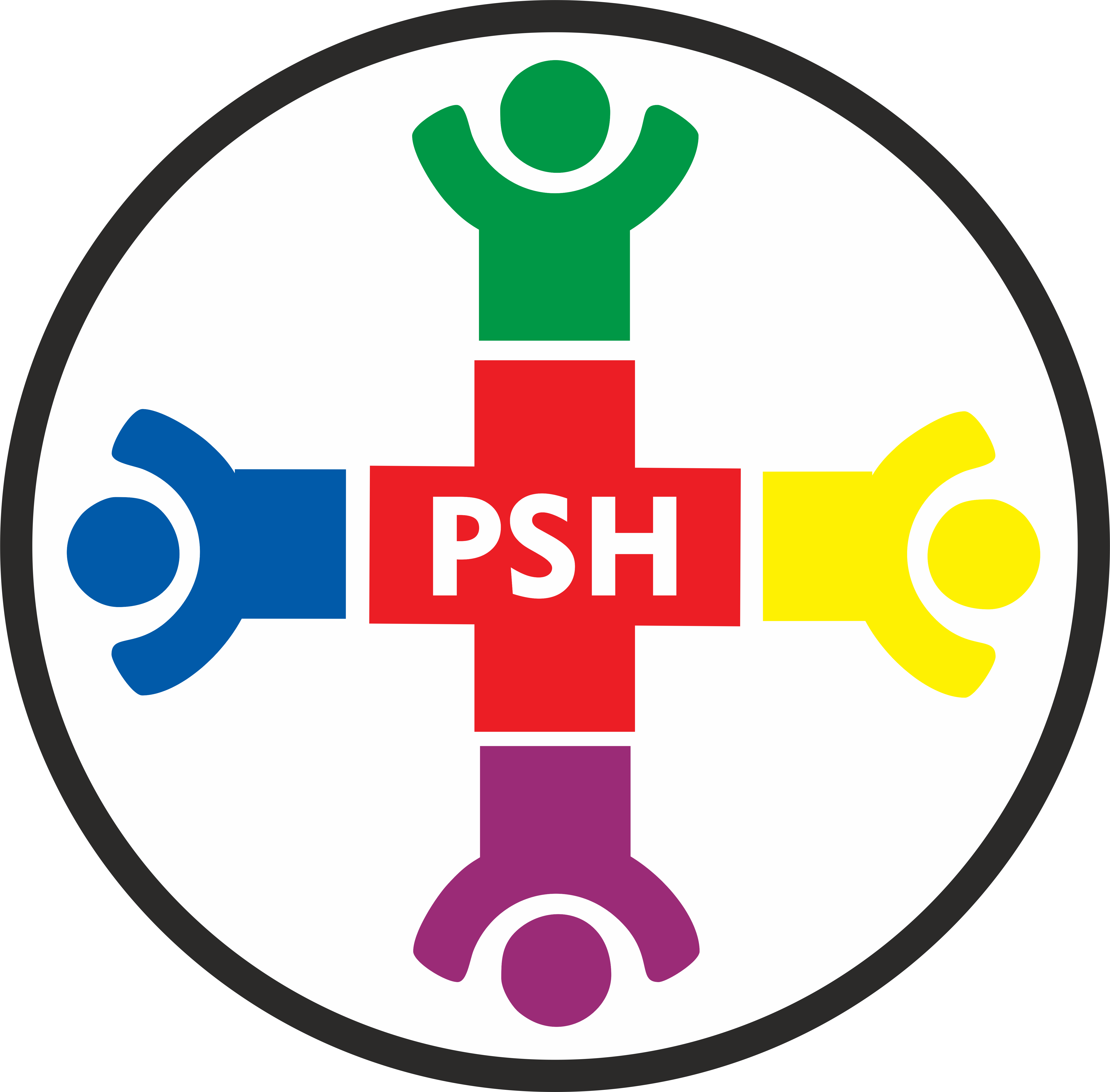
Do you know renal stones can be treated without surgery? Yes, it is called ESWL. Pawar Surgical Hospital is best center for Lithotripsy
Stones that are smaller than 1.5 cm in diameter are the best size for SWL. The treatment might not be effective in very large ones.What does the treatment involve?
You will be positioned on an operating table. A soft, water-filled cushion may be placed on your abdomen or behind your kidney. The body is positioned so that the stone can be targeted precisely with the shock wave. The complete treatment takes about 45 to 60 minutes.
Sometimes, doctors insert a tube via the bladder and thread it up to the kidney just prior to SWL. These tubes (called stents) are used when the ureter is blocked, when there is a risk of infection and in patients with intolerable pain or reduced kidney function.
After the procedure, you will usually stay for about an hour then be allowed to return home if all goes well. You will be asked to drink plenty of liquid, strain your urine through a filter to capture the stone pieces for testing, and you may need to take antibiotics and painkillers.
Does the patient need anesthesia?
Yes, even though there is no incision, there will be pain. You and your doctor will discuss whether light sedation and local or general anesthetics will be used.
Does the patient need to be hospitalized?
Not usually. In most cases, lithotripsy is done on an outpatient basis.
What are the advantages and disadvantages of this treatment?
It treats kidney stones without an incision. As a result, no hospital stays.
After SWL, about 5O% of people will be stone free within a month. In others, stone fragments of various sizes remain. Sometimes a repeat procedure (or a different procedure) is needed.
What can the patient expect after treatment?
After treatment, the patient can get up to walk almost at once, Many people can fully resume daily activities within one to two days. Special diets are not required, but drinking plenty of water helps the stone fragments pass. For several weeks, you may pass stone fragments.
What will happen after I leave the hospital?
After treatment, you will have blood in your urine and possibly abdominal pain or aching for several days. Other people experience a severe cramping pain as shattered stone fragments make their way out of the body. Oral pain medication and drinking lots of water will help relieve symptoms.
Sometimes, the stone is not completely broken up, or big pieces remain and additional treatments may be needed.
Rarely, more serious problems occur, such as bleeding near the kidney that might require a blood transfusion, damage to the area around the stone, or pieces of the stone blocking the flow of urine.
Call your doctor if you feel the strong need to urinate even after you empty your bladder or if you are in extreme pain even when taking your pain medicine.
What other treatment choices for kidney stones are available?
Drug treatment.
ureteroscopy
percutaneous nephrolithotomy,
ureterolithotomy
nephrolithotomy.
How successful is shock wave lithotripsy?
some 50-75% patients are found to be free of stones within three months of SWL treatment. The highest success rates seem to be in those patients with smaller than 1 cm stones
What about stones in the ureter?
Most small ureteral stones (less than 1-5 mm in diameter) will pass on their own. Ureteral stones that occur near the kidney are usually treated by SWL.
For consultation and to know more about treatment for kidney stones please call 9112220434







